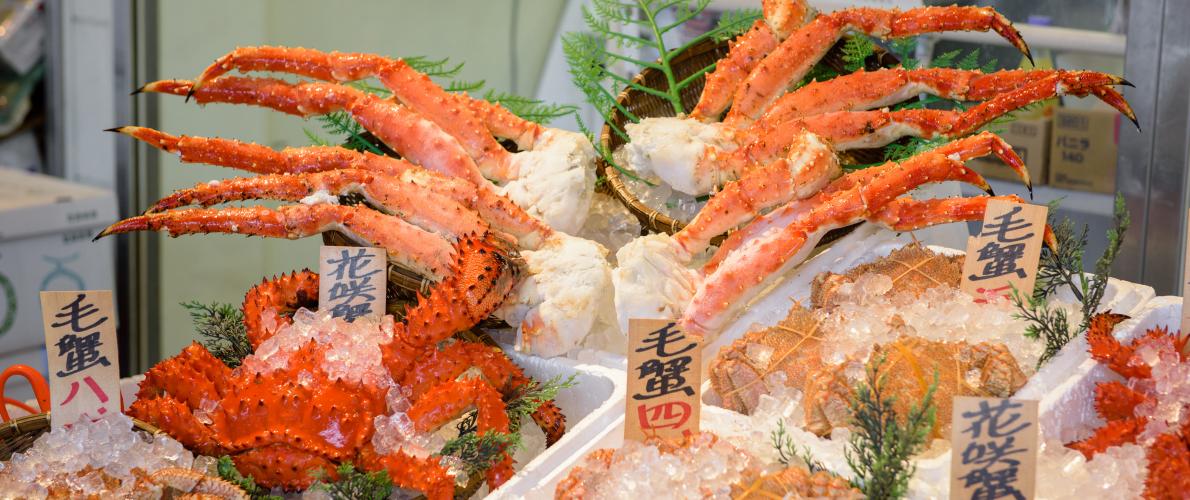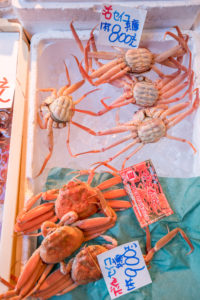
30 Jun Kyoto’s fishers lead the way in snow crab conservation
Article originally published June 14, 2016, Oceana

Mitsutaku Makino, CCRN Researcher and scientist at the National Research Institute of Fisheries Science in Yokohama
In Kyoto, Japan, self-imposed fishing measures such as protected no-take-zones, stricter seasonal limits on female and immature crabs, and gear that reduces crab bycatch, has led to increased snow crab catches. Mitsutaku Makino, CCRN Researcher and scientist at the National Research Institute of Fisheries Science in Yokohama, discusses the success of Snow Crab conservation in Japan.
Due to unsustainable fishing practices snow crab catches in the waters of Cape Kyogamisaki, near Kyoto, decreased from 406 tons to 64 tons between 1964 and 1980. Due to this loss, the local fishermen’s union, the Kyoto Danish Seine Fishery Federation, partnered with a local researcher to improve snow crab catches. Several trial reserves were created to test the success of no-take areas on the snow crab population. These self-imposed no-take zones resulted in the return of snow crabs en masse to these once depleted waters. This success encouraged widespread support for larger and more extensive reserves and conservation initiatives.

Snow crabs at Tsukiji Market in Tokyo. Credit: SIHASAKPRACHUM / Shutterstock
According to Makino, the conservation success observed at Cape Kyogamisaki can be attributed to the small size of the region’s fishing fleet, a maximum of 15 vessels, and the “tight communications and trust between the researcher and the fishers” which promoted collaboration and success. Kyoto is the pioneer in Japan, with neighboring areas adapting strategies similar to Kyoto’s to improve their own snow crab fisheries, says Makino. In 2008, the snow crab fishery was awarded a Marine Stewardship Council certification, a first for both Japan and Asia as a whole.
Currently Makino believes that competition from cheaper Russian imports is the biggest threat facing snow crab fishers. He says the prices are not very good and the competition has led to decreases in the fishermen’s income. To combat this, fishers in Kyoto have attached colorful tags to their products to make is easier for consumers to identify their origin.
The information contained in this post was adapted from the article, “Kyoto’s Fishers Pioneer Do-It-Yourself Conservation to Restore Slipping Snow Crab Stocks,” written by Allison Guy for Oceana blog.


